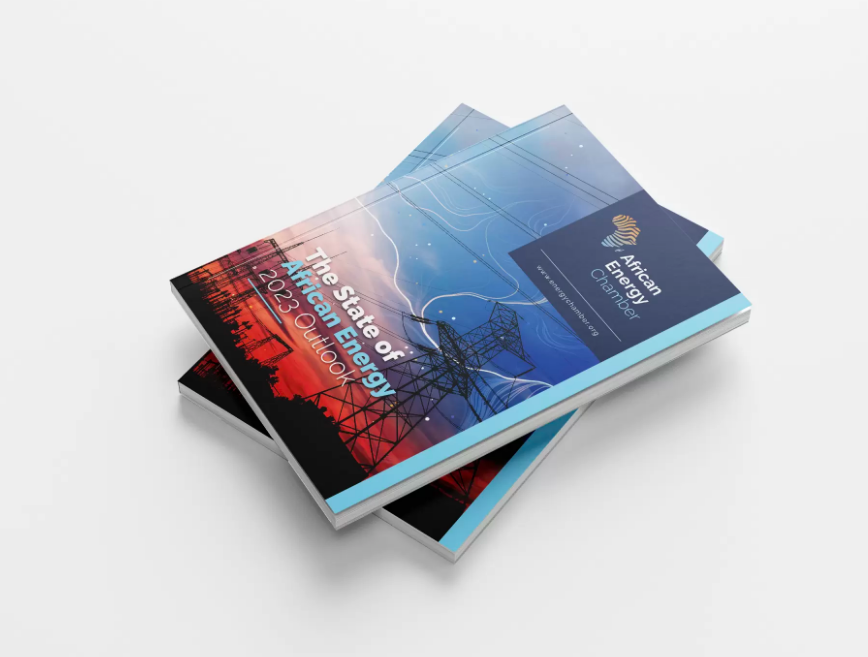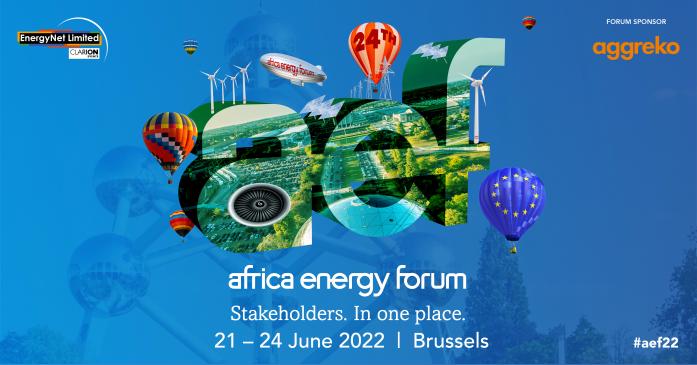The African Energy Chamber has released a report providing insights into the state of African energy in 2023. The report is intended to help global investors and energy companies make informed decisions about investing in Africa.
The African Energy Chamber (AEC) – the voice of the African energy sector – is proud to announce the launch of its newest publication, ‘The State of African Energy: 2023 Outlook,” a detailed report analyzing current, emerging and future oil and gas market trends as well as geopolitical procedures shaping both the global and African oil and gas sector.
With the global oil market suffering combined impacts from the COVID-19 pandemic and the Russian-Ukraine war, the report provides a detailed analysis of how production and monetization will look like in 2023 for both African-producing countries such as Libya, Angola and Nigeria and global energy companies. As the global oil market volatility continues, the AEC report investigates what this means for African producers and the global market.
With the AEC projecting Nigeria to increase oil production from 1.65 million barrels per day (bpd) in 2022 to about 1.75 million bpd in 2023 and Libya from 1.12 million bpd in 2020 to 1.3 million bpd in 2023, while Angola will record a decline from 1.13 million bpd in 2022 to about 1.1 million bpd in 2023, the report highlights the role of African energy in ensuring global energy security while exploring the challenges and opportunities faced across the continent.
Meanwhile on the gas front, as western operators exit the Russian market due to the invasion of Ukraine, a significant decline in global production and increase in prices is expected. As such, the report analyses the impact on global trade and supply as well as on exploration, production and infrastructure development across the African market.
With the demand for gas in Europe anticipated to rapidly increase over the next three years, and Europe seeking to replace the majority of piped gas which the bloc secures from Russia leveraging liquefied natural gas (LNG) from other regions, Africa, as the bloc’s second gas supplier in 2021 and on the back of massive untapped gas resources across the continent, is well positioned to become Europe’s main supplier.
According to the AEC report, As COVID-19 subsides, the Russia-Ukraine conflict has and will continue to lead to Brent increasing, with Africa being in a prime position to increase its natural gas output and benefit from an under supplied LNG market and demand from Europe. Owing to the proximity of leading African producers to Europe and existing good trade relations between the two continents, despite total production across the continent declining from 2022 through 2025, Africa is expected to play a key role in meeting global demand.
Meanwhile, Nigeria, Algeria and Egypt lead African gas production and LNG flows in the short-term, with the report providing a detailed outlook regarding production, monetization and LNG developments across Africa’s emerging and already established markets such as Equatorial Guinea, Senegal/Mauritania and Mozambique.
With Africa seeking to attract investments to optimize the development, exploitation and monetization of hydrocarbon resources, including the estimated 125.3 billion barrels of crude oil resources and 620 trillion cubic feet of gas reserves for energy security and economic expansion, and as spending is set to be taken out of Russia and directed to other regions, the report details investment trends across Africa and how trends in Russia and across the globe can shape capital allocation for projects rollout and energy trading across the continent.
What’s more, with Africa eyeing to accelerate exploration investments and activities to boost its oil and gas reserves for a sustainable energy future, the AEC report provides insights on drilling campaigns across the continent and how recent sizeable discoveries, such as TotalEnergies and Shell’s in Namibia, will drive upstream activities in countries such as Mauritania, Senegal, Uganda, Congo, Mozambique, Ghana, Angola and Ivory Coast. The study states that drilling activity across Africa will increase marginally from about 895 wells in 2022 to 915 wells in 2023 and further to just over 1,000 wells in 2025.
In addition to providing country-specific impacts of new oil and gas economies across Africa, with the continent focusing more on how to lift the 600 million of its people out of energy poverty, the AEC outlook provides a detailed analysis of energy access rates whilst exploring various electrification initiatives – including gas-to-power and renewable energy developments – underway to boost Africa’s access to electricity.
“The Chamber is proud to release its newest report, ‘The State of the African Energy: 2023 Outlook.’ With current trends such as the Russian-Ukraine war and global energy transition policies exposing Africa’s fragile energy systems and deepened prevailing energy poverty on the continent, we believe Africa needs to stand on its own feet to maximize the investments required to boost oil, gas and renewable energy developments to modernize its energy network for security and reliability. We believe the report provides regional and global investors with the insights they require to tap into Africa’s vast energy potential,” states NJ Ayuk, the Executive Chairman of the AEC.


